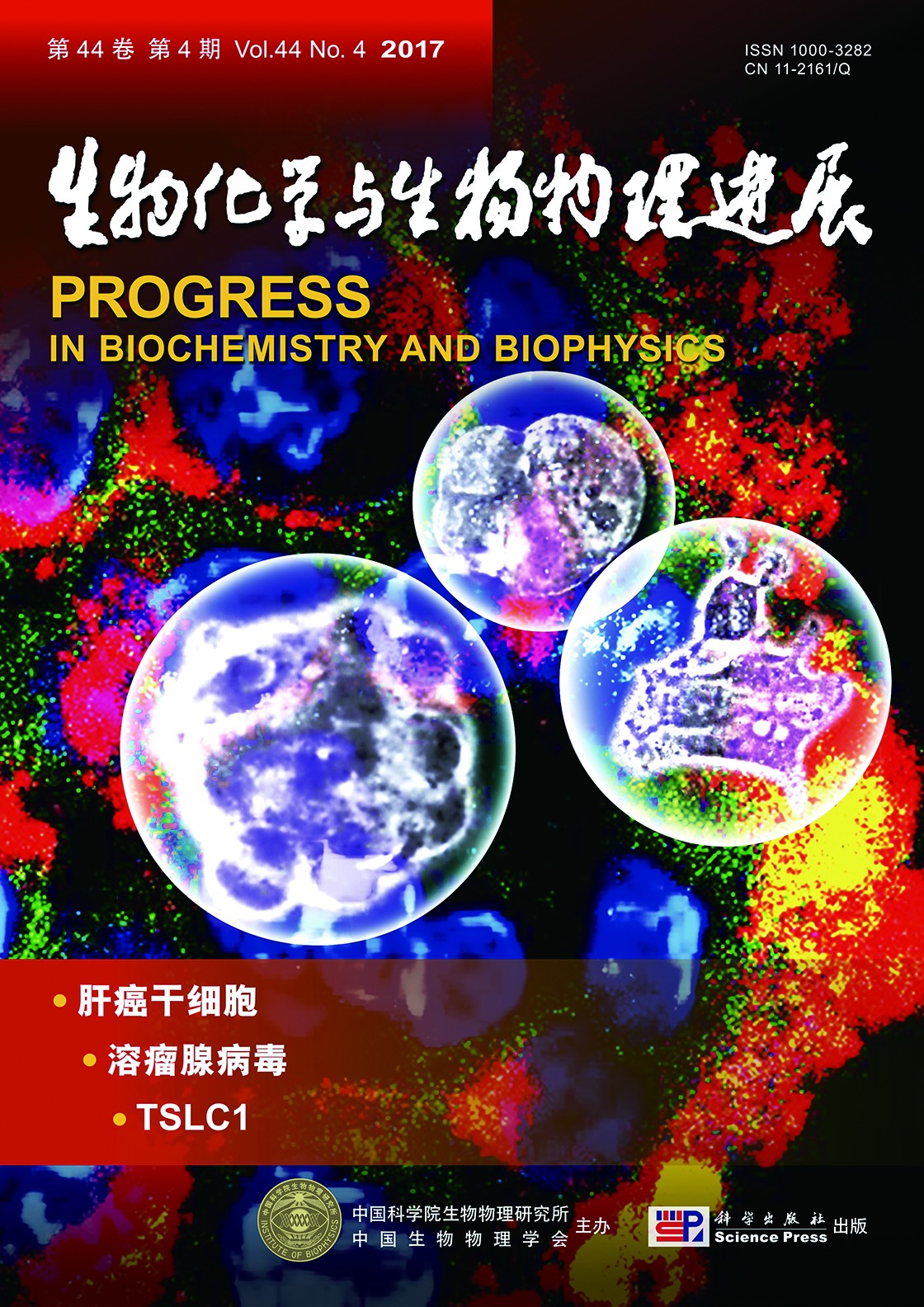Vol.44,No.4,2017
| |

|
Cover Story:Hepatocellular carcinoma (HCC) is the fifth largest cancer in the world and is the main cause of cancer death. Common treatment for early hepatocellular carcinoma has made some progress, but cancer recurrence, metastasis and drug resistance have not been fundamentally resolved, which can be explained by cancer stem cell theory (cancer stem cell, CSC). In this study, we obtained MHCC-97H sphere cells by suspension enrichment culture method and detected their stem cell characteristics. We deleted the 24 bp of the E1A CR2 region of the adenovirus type 5 and used the Wnt transcription element TCF/TEF to regulate E1A and then inserted the anti-oncogene TSLC1 into the vector to obtain the double targeting oncolytic adenovirus Ad.wnt-E1A(Δ24 bp)-TSLC1. The effect of recombinant adenovirus Ad.wnt-E1A(Δ24 bp)-TSLC1 on the killing effect, cell apoptosis and migration of hepatocarcinoma stem-like cells were detected by MTT, crystal violet, Hoechst staining, cell scratch, Western blot and immunofluorescence, respectively. The results show that MHCC-97H sphere cells have the capability of self-renewal and differentiation, and high expression of hepatocyte stem cell surface marker (such as CD133). After dealt with recombinant virus, it showed obvious killing effect and inhibition of cell migration and EMT (Epithelial-mesenchymal transition). Therefore, ability of targeting inhibition of 97H sphere cells was significantly higher than that of 97H cells (P<0.001). The recombinant virus could induce apoptosis of hepatocellular stem-like cells through caspase pathway. Therefore, the recombinant adenovirus Ad.wnt-E1A (Δ24 bp)- TSLC1 may be a promising therapeutic agent for targeting hepatoma stem cells, which has certain application value to clinical treatment.
|
Reviews and Monographs
Research Papers
Letter to Editor
|
|
